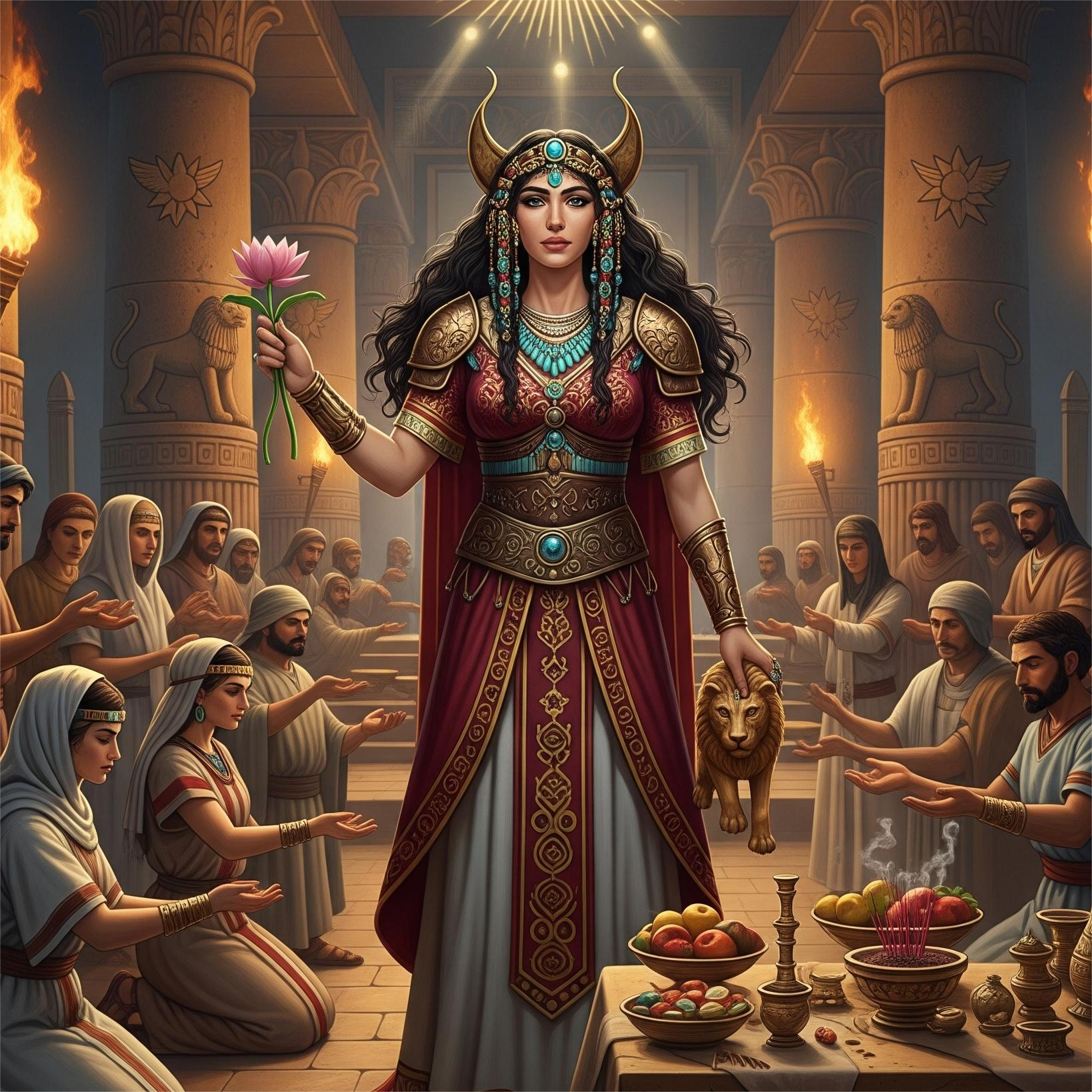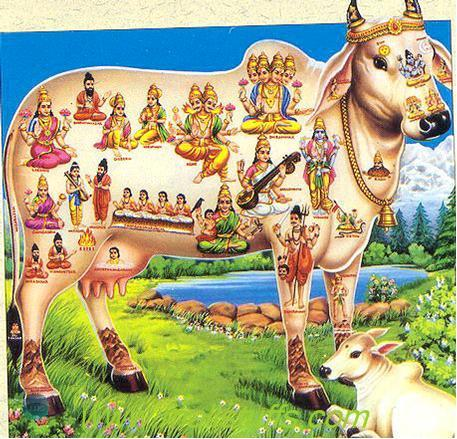Astarte—sensual and sovereign, celestial and combative—was one of the most powerful goddesses of the ancient Near East. Worshipped primarily by the Phoenicians, but also revered in Canaanite and Mesopotamian cultures, Astarte embodied a duality rare even among divine figures: she was the goddess of both love and war. Her widespread cult stretched across the eastern Mediterranean, leaving a lasting imprint on mythology, politics, and gender roles for centuries to come.
Let’s explore Astarte’s rich mythological tapestry, her religious significance, and how her legacy lived on through other great goddesses, from Aphrodite to Venus and beyond.
Origins and Attributes of Astarte
Astarte (also spelled Ashtart, Ishtar in Akkadian, and Ashtoreth in later Hebrew texts) is often seen as the Phoenician counterpart to the Mesopotamian goddess Ishtar, and may have originally been derived from or closely related to the Sumerian Inanna. She was one of the chief deities of the Phoenicians, who spread her worship through trade and colonization across the Mediterranean, from Byblos and Sidon to Carthage and Cyprus.
Domains of Astarte:
Love and Fertility: Astarte presided over sexual desire, beauty, and reproduction. Her rites often involved sacred prostitution and fertility festivals.
War and Power: As a war goddess, she symbolized divine strength, often depicted riding lions or chariots and wielding weapons.
The Heavens: Astarte was associated with the evening star (Venus), giving her a celestial and astrological dimension.
Temples, Worship, and Rituals
Astarte was worshipped in grand temples adorned with incense, idols, and offerings of food, gold, and perfumes. Her cult was ritualistic and ecstatic, often involving:
Processions and dances
Temple prostitution, believed to honor her fertility powers
Animal (and possibly human) sacrifices in times of war
In cities like Tyre, Sidon, and Carthage, she was honored alongside male consorts like Baal or Melqart, forming divine pairs that reflected cosmic balance.
Her sacred symbols included the crescent moon, dove, lion, and star, linking her to celestial and natural forces.
Astarte and Her Divine Counterparts
Astarte's image and attributes morphed and merged across cultures, influencing or becoming conflated with other prominent goddesses:
Ishtar (Akkadian): Nearly identical in function, Ishtar was revered in Assyria and Babylon for similar domains—love, sex, and warfare.
Inanna (Sumerian): The earliest known version of this goddess archetype; she underwent mythical journeys into the underworld and embodied chaos and passion.
Anat (Canaanite): Another warlike fertility goddess, often considered a sister or rival of Astarte in Canaanite myths.
Aphrodite (Greek): The goddess of love may have inherited elements of Astarte’s sensuality, especially through Cyprus, where Astarte worship was deeply rooted.
Venus (Roman): Rome’s love goddess was modeled after Aphrodite, carrying Astarte’s legacy further west.
Hathor (Egyptian): In Egypt, Astarte was sometimes absorbed into or syncretized with Hathor and Isis, particularly in the New Kingdom when cultural exchanges with the Levant flourished.
Biblical and Historical Legacy
Astarte appears in the Hebrew Bible as Ashtoreth, portrayed negatively as a foreign goddess who led the Israelites astray. Her name became synonymous with idol worship and was often condemned by biblical prophets.
Yet, these mentions also highlight how deeply embedded her cult had become in the region—including among the Philistines, Moabites, and even some Israelites during times of syncretism and political alliance.
Cultural Impact and the Survival of Her Archetype
While her temples fell and her name was eventually demonized or forgotten, Astarte’s archetype lived on. Her combination of eroticism and ferocity—the powerful woman both feared and desired—continues to echo in mythology, art, and literature. Even today, she is invoked in feminist and spiritual circles as a symbol of empowered femininity.
Why Astarte Matters Today
Religious Syncretism: Astarte's worship highlights the fluidity of ancient belief systems and how deities adapted across cultures and borders.
Gender and Power: Her role disrupts modern binaries—she’s not just a goddess of beauty, but of brutal power, defying modern stereotypes of femininity.
Myth and Memory: The legacy of Astarte reminds us that ancient religions were complex, multifaceted, and deeply interconnected through trade, conquest, and cultural exchange.







